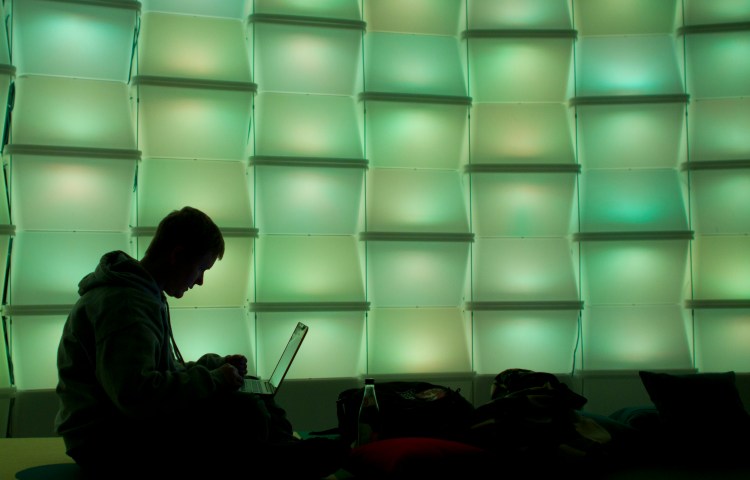
How Vietnam-based hacking operation OceanLotus targets journalists
In early 2020, Vietnamese writer Bui Thanh Hieu told Marina Mai, a freelancer based in Berlin, that he was closing his blog to protect his family. In 2009, Hieu was detained for a week for his critical writing on Vietnam’s territorial disputes with China, as CPJ documented. In 2013, he fled to Germany, but continued writing…
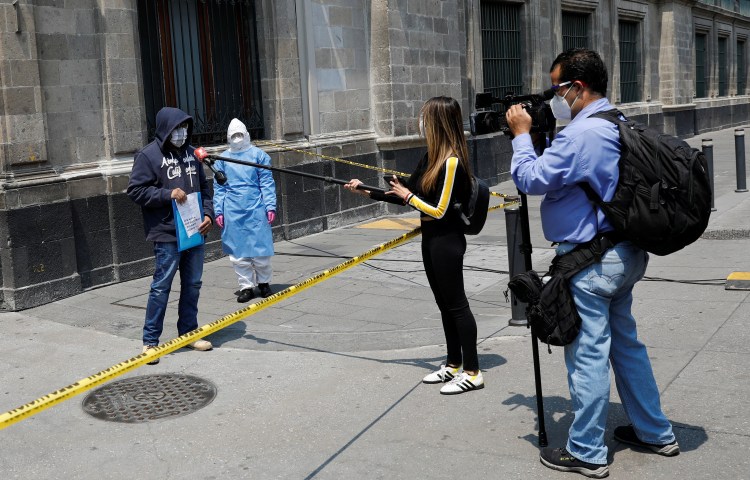
Journalist safety in 2020
In this unforgettably tumultuous year, journalists across the world covered the ongoing pandemic, dangerous protests, natural disasters, active conflicts, elections, and other life-changing events. The reporters, anchors, photographers, camera operators, producers, and technicians who brought 2020’s biggest stories to the public often risked their own physical safety and psychological well-being and found themselves the subjects…
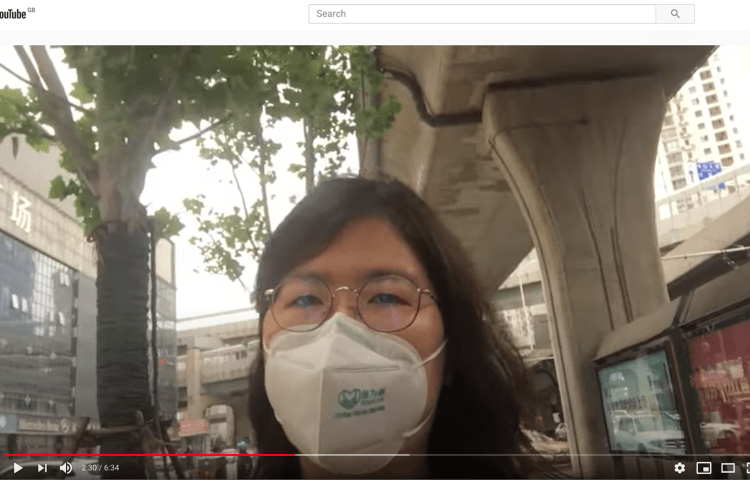
Journalists jailed for social media “terrorism” highlight content moderation challenges
A journalist in China uploaded a video to YouTube criticizing the Chinese government’s response to the coronavirus outbreak in Wuhan. Another, in Vietnam, left a state-owned newspaper but continued posting stories they wouldn’t let her cover on Facebook. In Egypt, a freelance photographer streamed an anti-government protest from his balcony on Facebook Live. In Iran,…
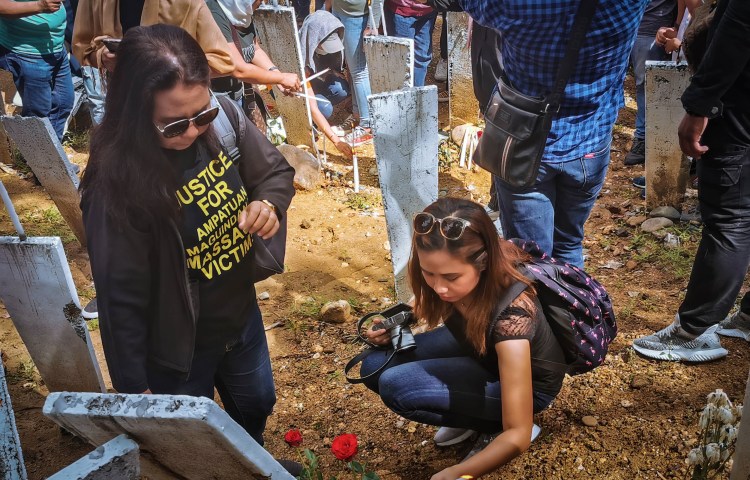
Philippines makes premature claim to end of impunity in journalist murders
When the United Nations Educational, Scientific and Cultural classified the 2009 Maguindanao massacre — the deadliest attack on the press ever recorded by CPJ — as “resolved,” Philippine authorities were quick to echo and tout this designation. Too quick, as it turned out. UNESCO’s then-assistant director-general for communication and information, Moez Chackchouk, made the official…
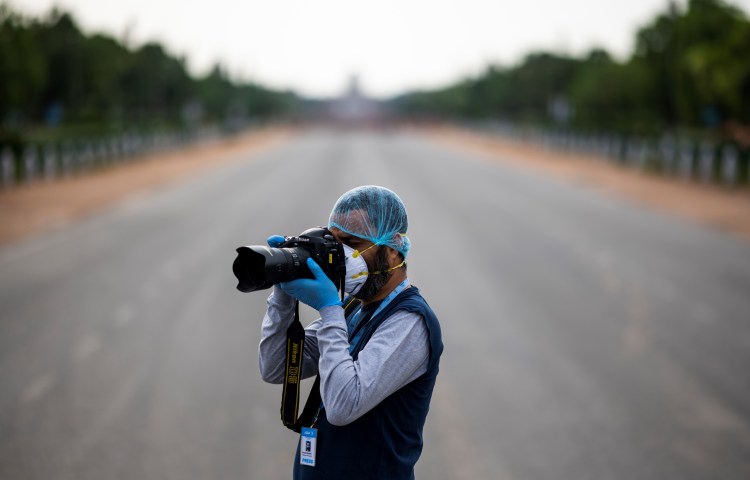
How do I cover COVID-19? Frequently asked questions for CPJ’s safety experts
The coronavirus has changed the way journalists report around the world. As COVID-19 morphed into a pandemic in early 2020, journalists quickly needed to know how to safely cover the world’s biggest news story. The uncertainty around the virus meant that even stepping outside was fraught with risk. Journalists soon got in touch with CPJ’s…
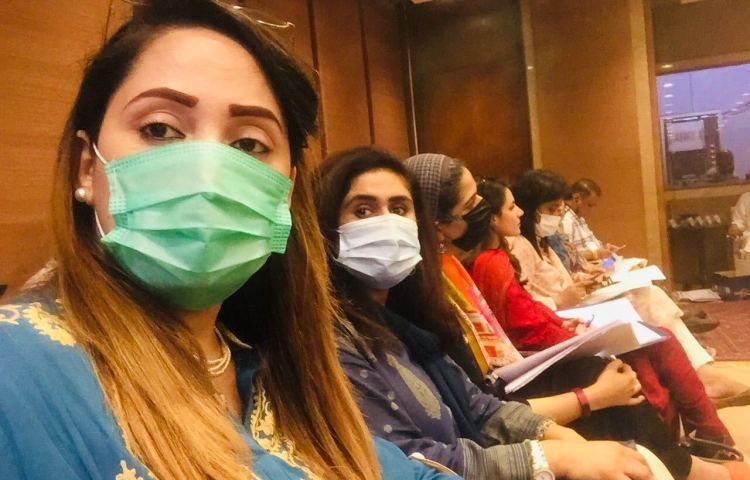
As ruling party fans spew online abuse, Pakistan’s female journalists call for government action
On August 16, Ramsha Jahangir should have been celebrating a journalistic triumph, the release of a long, deeply reported cover story for the weekend magazine of Pakistan’s Dawn newspaper on the government’s social media strategy and image-building. Instead, she spent the day watching in horror as a torrent of abuse filled her social media feeds. Eventually, she went offline. …

Australia’s journalist union on Facebook, Google, and who should pay for news
Facebook threatened to prevent Australian users and publishers from posting news on its platform last week, raising questions about who benefits when people share journalism on social media—and who has the power to stop them. The company was responding to drafts of a news media bargaining code and related legislation published on July 31 by…

Outlawing TikTok may not impede journalists, but U.S. and India bans could set a risky precedent
“Allison, can Trump ban TikTok?” Dave Jorgenson, The Washington Post’s self-described “TikTok Guy” asks in an August 3 video on the app. His colleague Allison Michaels responds: “The answer is yes, but how he can do it is kind of complicated…” It would be a typical exchange between journalists, but for the surreal setup: Jorgenson is standing over a birdbath, asking…

Tech platforms struggle to label state-controlled media
Twitter announced last week that it would start labeling some accounts run by media outlets and their top editors as “state-affiliated,” a descriptor intended to improve transparency about the source of information being shared on the platform. Since disinformation became a flash point in the debate over content moderation on social media, distinguishing propaganda from…

Hong Kong journalists struggle to carry on as national security law hits Apple Daily
An unnerving wait for the first impact on journalists of Hong Kong’s new National Security Law came to an abrupt end early yesterday when police arrested Next Digital founder and chair Jimmy Lai, along with four company executives and his two sons, while sending more than a hundred police officers on a raid of Apple…